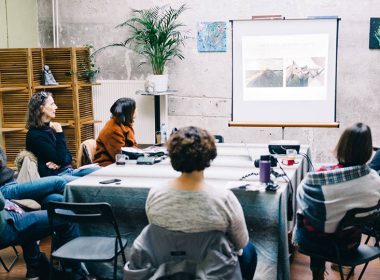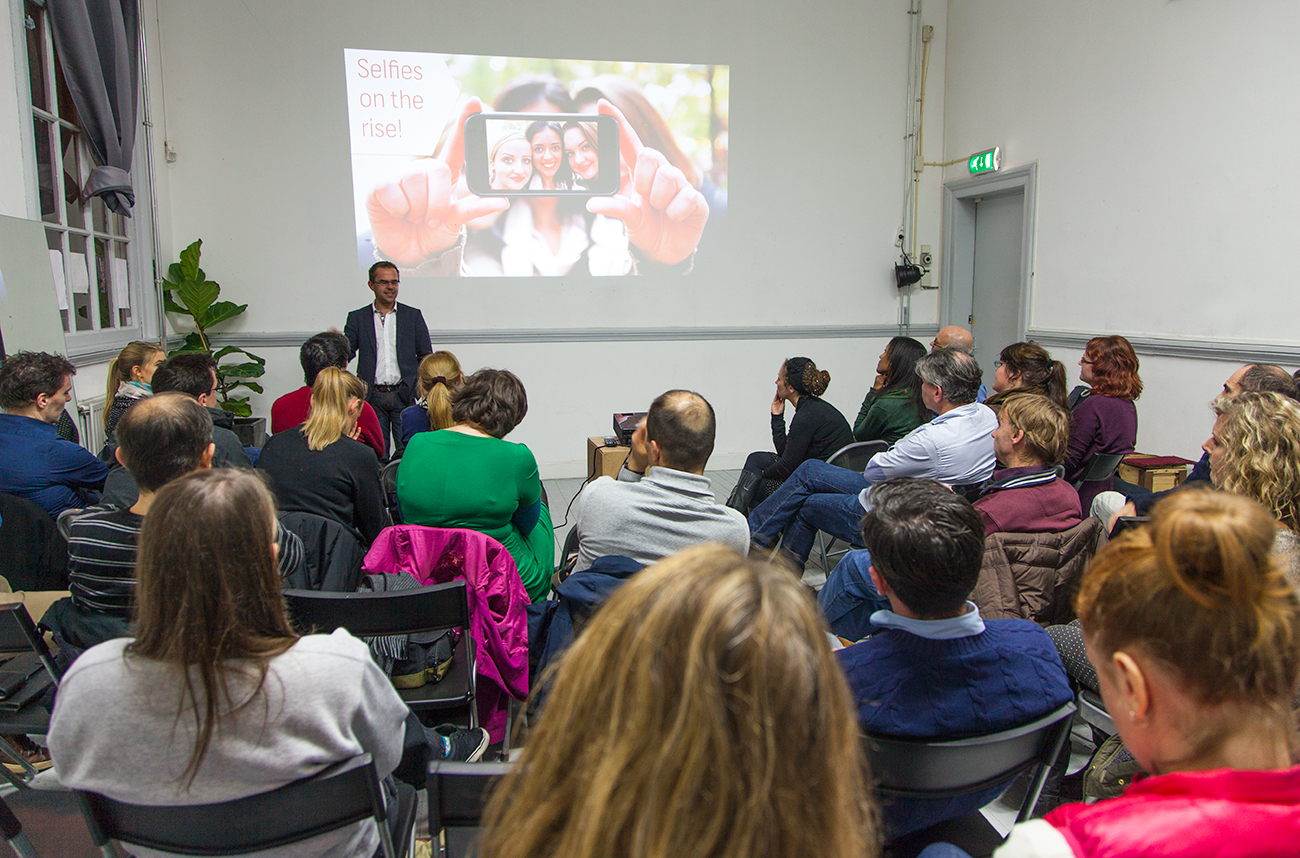A big ‘Thank You’ to Gerd Mittmann (VP, International at Shutterstock) for showing show us which digital photos are selling most, and which photos Shutterstock is looking for in 2015. Since we launched our Shutterstock program, we have learned loads about the microstock industry. We had a great time on sharing all the tips and trick to more easily become a successful Shutterstock contributor. We covered how to avoid common mistakes many photographers do. How to speed up the submission process and use Shutterstock to your own advantage for developing your photography skills.
Get accepted more easily by avoiding common mistakes and misconceptions.
Being accepted as a Shutterstock contributor can seem like a difficult task, and many talented photographers give up too easily. There are a few common misconceptions that often get in the way, making the process more difficult for than it has to be. By slightly changing your approach to the contributor sign-up process, the experience can easily change from frustration to educational, fun and motivational.
Why become a Shutterstock contributor?
Earning money on your digital work is a great way to earn an extra income. But it is often not the main motivation of why many photographers try to become contributors. Being accepted- and being able to call yourself a Shutterstock contributor means something. Similar to how many people develop their skills so they one day can become a professional in their field, being able to call yourself a Shutterstock contributor means something even more.
When someone presents themselves as a professional, people tend to have different views of what that means. Some associate a professional photographer with someone that makes high quality photos, others think of the person they hired to photograph their wedding. A professional can also be interpreted as someone who has a diploma or someone that works full time and earns their main income from their photography.
Being able to say your a Shutterstock contributor says something about the level you have reached. Why? Because the microstock industry requirements are well known for it’s high quality standards.
Further more, the best parts of being a Shutterstock contributor is knowing your work is being purchased, appreciated and used all around the world. With modern tools like eg. Google image Search, you can find were and how your most popular work is being used.
Mastering the Shutterstock contributor sign-up process more easily
When signing up as a Shutterstock contributor. you are asked to submit 10 photos of your best work. Seven of these must pass the strict inspection of Shutterstock’s image reviewers. As any existing contributor can testify, your initial batch of photos are much more strictly evaluated than the general submissions you will make in the future after getting accepted.
This part of the process is for the contributor commonly seen as an intense portfolio review, judging if his or her photos are good enough. What many fail to realise, is to understand that this is also a learning process. It is not only about the submitted work being reviewed. Try to see this as your fist homework assignment after reading Shutterstock’s Contributor Success Guide. Like any course or workshop, your first homework assignment is not expected to be flawless, and it will most likely have room for improvement. With this attitude, learning about the image licensing industry can be an educational, fun and motivating experience.
A submission that is not approved is usually not completely rejected. Often the photos have only one, two or three remarks for being rejected. Out of the multiple categories your work is being evaluated, that is not a bad score. Even though it may feel like the work was completely rejected. Also notice, if these were your rejected photos, it meant you were one photo away from getting accepted.
For every submission that is not approved during this process, Shutterstock provides a direct link to an article were you can read more about how you can avoid the same issues in the future. Study the material and try again!
After speaking with many artists that have been accepted, they all say the exact same things when asked to reflect on the process of becoming Shutterstock contributors: It was difficult having their work rejected. But the process helped them develop and become better.
Join our Shutterstock program
To participate in this event we ask you to be registered in our Shutterstock program, for those that are trying to become a Shutterstock contributor.
You can sign-up here: http://submit.shutterstock.com/?ref=1611764












